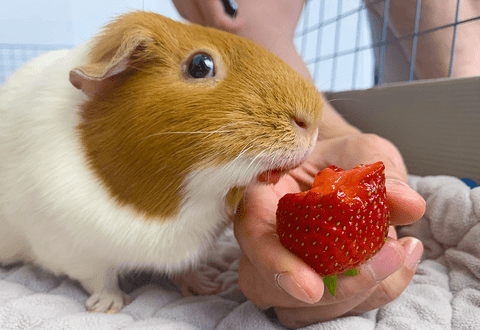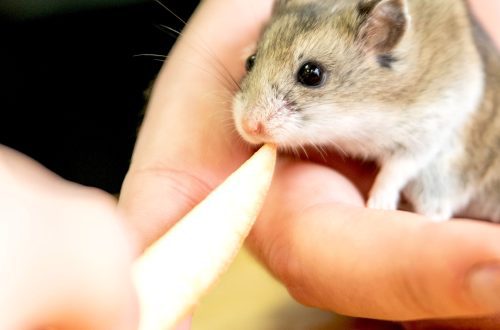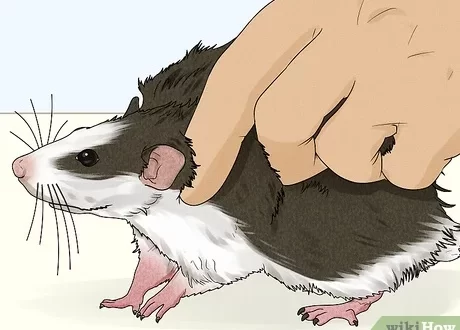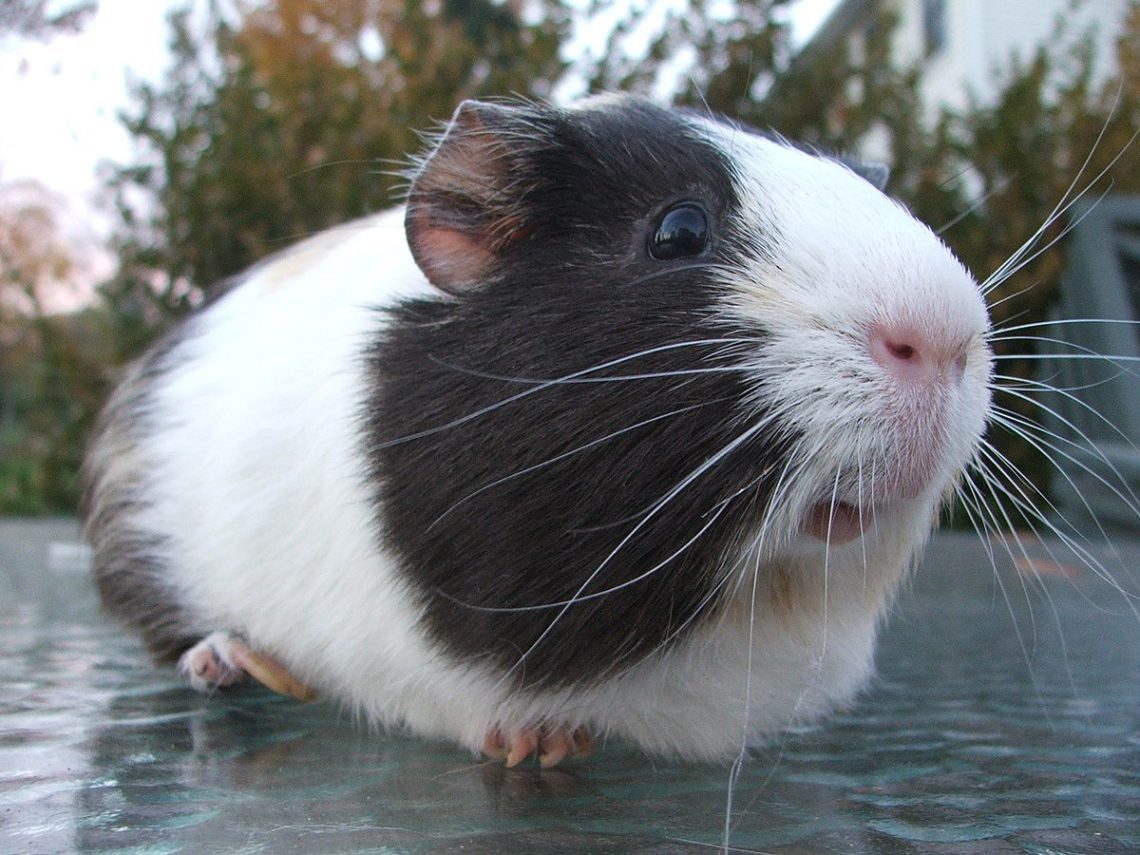
Why is the guinea pig so called, the history of the origin of the name
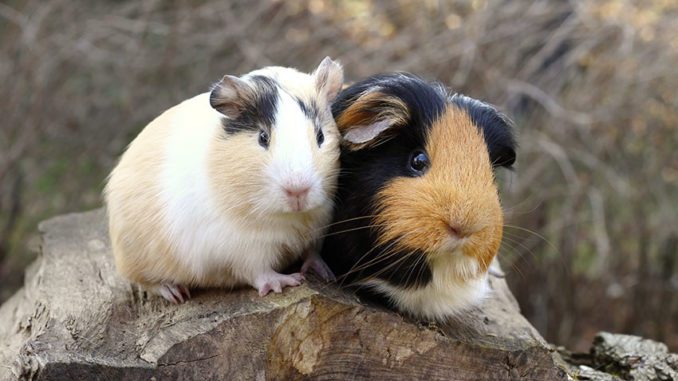
Probably, almost every person in childhood was interested in the question: why is the guinea pig so called. It seems that the animal belongs to the order of rodents and has nothing to do with artiodactyls. And why then the sea? It is unlikely that salt water is her element, and the animal does not seem to be able to swim. There is an explanation, and it is rather prosaic.
Contents
Origin of guinea pigs
To understand why the guinea pig was called a guinea pig, one should turn to history. The Latin name for this funny animal is Cavia porcellus, the pig family. Other name: caywi and guinea pig. By the way, here is another incident that should be dealt with, animals also have nothing to do with Guinea.
These rodents have been known to man since ancient times and were domesticated by the tribes of South America. The Incas and other representatives of the continent ate animals for food. They worshiped them, depicting them on art objects, and also used them as ritual sacrifices. From archaeological excavations in Ecuador and Peru, statues of these animals have survived to this day.
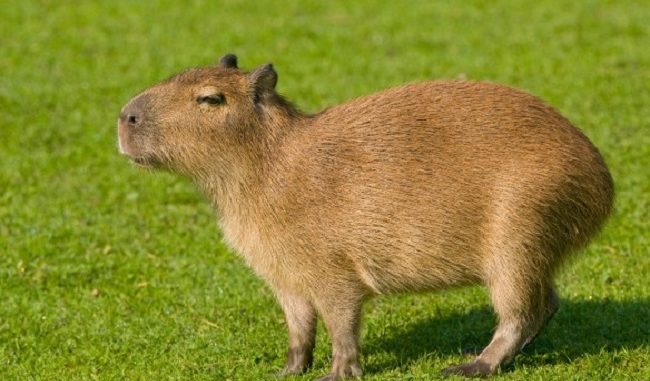
Furry animals became known to the inhabitants of the European continent in the 16th century after the conquest of Colombia, Bolivia and Peru by the Spanish conquistadors. Later, merchant ships from England, Holland and Spain began to bring unusual animals to their homeland, where they spread among the aristocratic environment as pets.
Where did the name guinea pig come from?
The term cavia in the scientific name is derived from cabiai. So the representatives of the Galibi tribes who lived in the territory of Guiana (South America) called the animal. The literal translation from Latin porcellus means “little pig”. In different countries it is customary to call the animal differently. More common is the abbreviated name cavy or kevy, shortened from cavia. At home, they are called kui (gui) and aperea, in the UK – Indian pigs, and in Western Europe – Peruvian.
Why still “marine”?
The little animal received such a name only in Russia, Poland (Swinka morska) and Germany (Meerschweinchen). The unpretentiousness and good disposition of guinea pigs made them frequent companions of sailors. Yes, and animals arrived in Europe at that time only by sea. Probably, for this reason, associations of small rodents with water appeared. As for Russia, such a name was probably borrowed from a Polish name. Such an option is not excluded: overseas, i.e. strange beasts arrived from afar, and subsequently dwindled, discarding the prefix.
There is also such a version: in order to get around the ban on eating meat during fasting days, Catholic priests ranked capybaras (capybaras), and at the same time these rodents as fish. It is possible that this is why they were called guinea pigs.
Why pig?
The mention of a pig in the name can be heard from the Portuguese (small Indian pig), the Netherlands (Guinea pig), the French and the Chinese.
The reason for the connection with the known artiodactyl should probably be sought in external similarity. A thick barrel-shaped body on low legs, a short neck and a large head relative to the body resemble a pig. The sounds that the rodent makes can also be associated with the pig. In a calm state, they remotely resemble a grunt, and in case of danger, their whistle is similar to a pig’s squeal. Animals are similar in content: both of them are constantly chewing something, sitting in small pens.
Another reason lies in the culinary habits of the natives in the homeland of animals. Domesticated animals were raised for slaughter, as were pigs. The appearance and taste, reminiscent of a suckling pig, which the first Spanish colonialists recognized, and gave them the opportunity to call the animals that way.
At home, rodents are used for food to this day. Peruvians and Ecuadorians eat them in large quantities, rubbed with spices and salt, and then fried in oil or on coals. And, by the way, the carcass cooked on a spit really looks very similar to a small suckling pig.
By the way, these animals are associated in different countries not only with pigs, but also with other animals. In Germany, there is another name merswin (dolphin), probably for similar sounds made. The Spanish name translates as a small Indian rabbit, and the Japanese call them morumotto (from the English “marmot”).
Where did the word “Guinean” come from in the name?
Here, too, a strange confusion has crept in, because Guinea is in West Africa, and not in South America, where guinea pigs originated.
There are several explanations for this discrepancy:
- pronunciation error: Guiana (South America) and Guinea (West Africa) sound very similar. In addition, both territories are former French colonies;
- ships that imported animals from Guiana to Europe followed through Africa and, accordingly, Guinea;
- both “overseas” in Russian, and “guinea” in English, mean in meaning like everything brought from unknown distant countries;
- The guinea is the currency for which exotic animals were sold.
Ancestors of guinea pigs and their domestication
The supposed ancestors of modern pets Cavia cutlen and Cavia aperea tschudii still live in the wild and are distributed almost everywhere in South America. They can be found both in savannahs and on the edges of forests, on rocky sections of mountains and even in swampy areas. Often uniting in groups of up to ten individuals, the animals dig holes for themselves or occupy the dwellings of other animals. They feed exclusively on plant foods, are most active at night and at dusk, and breed all year round. Color gray-brown with a light belly.
The Inca peoples began to domesticate peaceful rodents from about the 13th century. When animals appeared in European countries, at first they were in demand in scientific laboratories for experiments. Nice appearance, good nature and sociability gradually won the attention of connoisseurs. And now these funny little animals are safely settled in homes around the world as beloved pets.
To date, breeders have bred over 20 breeds that differ in a variety of colors, coat structure, length, and even partial or complete absence.
They are usually divided into groups:
- long-haired (angora, merino, texels, sheltie, Peruvian and others);
- short-haired (cresteds, selfies);
- wirehaired (rex, american teddy, abyssinian);
- hairless (skinny, baldwin).
In contrast to the natural wild color, now you can find favorites of black, red, white color and all sorts of their shades. From monochromatic colors, breeders brought spotted and even tricolor animals. Long-haired animals with rosette hair look very funny, having a funny disheveled look. Body length 25-35 cm, depending on the breed, weight varies from 600 to 1500 g. Little pets live from 5 to 8 years.
Here are some interesting facts about the history of guinea pigs and why they are called that. However, an animal with such a cute original appearance and the name should be unusual.
Video: why the guinea pig is called that
Why is the guinea pig called a guinea pig and where did it come from?
3 (60%) 20 votes



